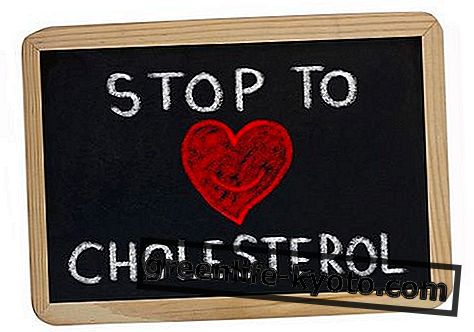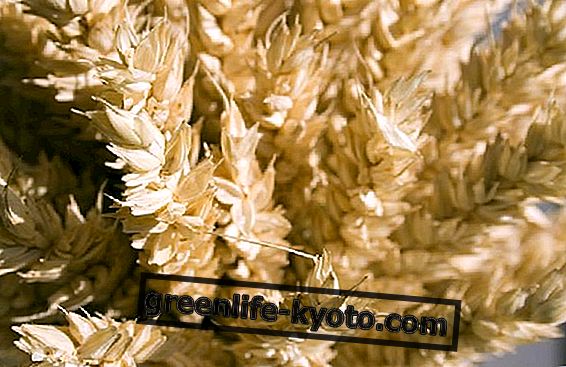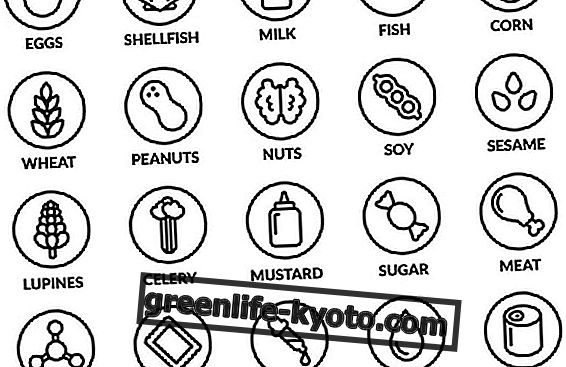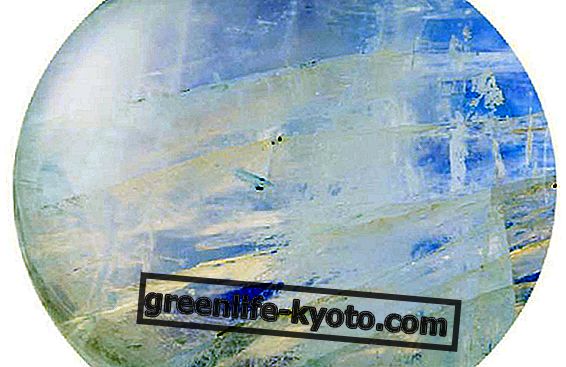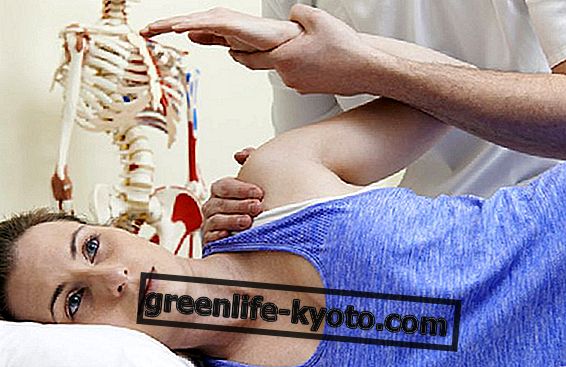
The revolutions start from ideas that have the flavor of obsessions for those who are about to change something forever, without knowing it in their present present. We are at the beginning of the twentieth century. The world is a forge of technologies, wars, cinematographic films, in the osteopathic sphere, the bones of the skull are studied as static. They don't move, period, end.
An osteopath, WG Sutherland, notices how the shape of the temporal bone scale evokes a respiratory movement. "The joint surfaces of these bones seemed to me, with their contour, destined for joint mobility." he explains to his colleagues and tells himself.
"Armed" with the tip of a penknife and manual of mechanics, Sutherland begins to disarticulate the skulls and to carry out observations and experiments on himself with patience, zeal and incredible care. Every bone, every suture, every joint. In the osteopathic field he is ignored or derided, when around 1929 he decides to make his discovery public. The echo expands and within thirty years Sutherland holds post-graduate courses in which he illustrates his The cranial bowl, establishes a group of studies on cranial osteopathy up to, in 1953, the foundation of the Sutherland Cranial Teaching Fondation which is will propose to carry out scientific studies on the primary respiratory mechanism.
Let's get to the 60s. We are precisely in a surgical room: another osteopath, John E. Upledger, professor of Biomechanics at the Faculty of Osteopathic Medicine at the University of Michigan, is experiencing direct observation of the autonomous movement of the spinal cord meninges and remains impressed. From that moment he began to organize his observations and intents articulating them in a model of study based precisely on the respiratory movement (primary and independent) and that was not confined to osteopathic training. He disclosed techniques, methods and treatment protocols to masseurs, physiotherapists, and wellness educators precisely because he was sure of the effectiveness of his method in the face of a significant absence of contraindications. Several approaches have developed over the last twenty years, the greatest distinction being between biomechanics and craniosacral biodynamics. Biomechanics is based on the movements of bones and tissues linked to the craniosacral rhythm, in biodynamic the principles of the fluid body and the movements that originate from embryonic forces, in a nutshell.
We wanted to hear one of the leading Craniosacral technique experts in Italy, Maderu Pincione, founder and director of the ITCS ( Craniosacral Therapy Institute ) to understand how this therapeutic art works.
If you had to use a metaphor of your choice, even poetic, how would you explain the connection between the bones of the skull and the general well-being of the individual?
The neurocranium is the "box" that contains meninges, fluids, brain, cerebellum etc. The formation of the brain is born as a "tube" full of liquid that widens, thickens and creates its bone container from within. Each bone malformation is the reflection of a possible dysfunction that has to do with the nervous system . In addition, the neuro-skull is not a beautiful compact coconut, but consists of several bones "stuck" together. The question is: why did nature do this? This question mark is the fulcrum from which the founder of the idea of a Primary Respiratory System, based on the craniosacral mechanism, started. Observe the temporal bone, the one that contains the inner and outer ear, just above the upper part of the ear, "articulates" with the parietal bone (if you touch gently over the ears, feel a protrusion) like a scale of a fish. And what is the use of scales, if not to breathe?
The short conclusion of a long research is that if there are joints, there is movement, and moving are not muscles (which do not exist inside the skull) but the brain itself, or rather the fluctuation of the liquid (cerebrospinal fluid ) that arises from inside the brain, in the ventricles and that escapes wetting, protecting and nourishing the brain and spinal cord to the sacrum. There is the lumbar cistern where the puncture is practiced for anesthesia and when the needle enters, often there is a pang at the skull base, the meninges that wrap around the brain and marrow are in continuity. With a visual comparison I can explain myself better : think of a balloon with a tail (the spinal cord) that acts as a container for fluid and gelatinous substances (the brain has the consistency of panna cotta) these cells-substances move gently and harmoniously breathing. These movements are attributed both to the fluctuation of the cerebrospinal fluid and to the more general movement of all the body fluids intended as a single fluid with different densities (let us not forget that we are composed of at least 70% water and that we originate from the union of two cells to 100% fluid). The idea is that these intrinsic forces, called Primary Respiration, precisely because they precede the pulmonary one and concern each of our cells, are an expression of our HEALTH, of that concept of vitality described by various traditions and cultures such as Qi, or Prana or Soffio Vital.
What is rhythm in the cranial sacral technique?
There are different rhythms. A visual image is a vertical section of the ocean.
Let's start from the bottom from the point of view of the movement, at the bottom there is calm silence, stillness . We call it with the paradoxical term of Dynamic Quiet ( Dynamic Stillness ) to give it a transcendent image of the origin of movement (darkness arises from light, sound from silence, movement from quiet). We ascend from the bottom of our ocean (which we then have inside) and we encounter a stable and constant flow that characterizes fluids such as the gulf current, this movement is called MAREA LUNGA and has a stable rhythm of 50 seconds per cycle (inhalation and exhalation) this is the rhythm or rather the frequency of the breath of the bioelectric, embryonic, energetic forces that work through the body. If we go up again the movement of the ocean waters is articulated in motions a little faster and or influenced by the moon, for example this is the MEDIA MAREA, a rhythm between 15 and 20 seconds per cycle, which is the most direct expression of our fluids, as if the mix of blood, lymph, cerebrospinal fluid, intracellular, extracellular, interstitial fluids etc breathed in concert within the body. We are on the surface of the ocean and here the rhythm of the waves depends on the wind, on the climate, and is much more variable, this is called the cranio-sacral rhythm, or cranial rhythmic impulse, which varies between 6 and 12 seconds per cycle, unstable as superficial waves, it is that rhythm more linked to our "state" of the moment.

When the Craniosacral therapist comes into contact, what does it actually touch?
Each touch is inextricably linked to the intention and constitutes a form of dialogue with the body. In craniosacral biodynamics there are three levels of touch-contact-dialogue: - with tissues, skin, muscles, bones, fascia-connective tissue, organs, etc. with the fluids of the body, or rather with the fluid body, as if that 70% of "water" that we are, is holistically a whole animated by a movement called Marea (Media) - with the vital "force", that which it permeates us, that has created us (the embryonic forces) and that keeps us alive (the forces of metabolism and bioelectrics).
The widespread experience of those receiving craniosacral treatment is to feel gently cradled as they are immersed in the sea, deeply relaxed in a sense of calm and harmony. This is the "space-state" with which the operator comes into contact, with a delicate and not afferent but efferent touch (explanation: touch is not active, does not "do something", but rather passive, in a condition listening-efferent, which "reflects" subtle and slow movements intrinsic to the body itself). Trauma, illness, discomfort are perceived by touch as inertia, stagnation, lack of circulation and the operator ensures that the "space-state" of present harmony can reactivate the circulation and reduce and eliminate inertia and stagnation.
In September the sacral skull course of the ITCS ( Institute of CranioSacral Therapies) starts, of which you are the founder and director, in Norma, in the province of Latina. To a person who is deciding what kind of therapist to become, why would you recommend this course?
Craniosacral is an art of palpation, basically.
To be able to listen and feel what is happening in the body of the other (at every level, physical, emotional, etc.) we must have a good knowledge of what is happening inside our body-mind-spirit system. Everything starts from here and maybe comes here. There are fundamental questions that also concern the therapist: where I am right now, where my center is, where is my space of stillness, how I feel inside me the expression of the vital forces that we have described (theoretically, then how I perceive the LONG SEA, the Medium Tide in my body now.
It is from here that I begin to contact the other's body: patient, client, friend, whatever it is. What intention do I have in contacting your fabrics, or your fluids? Clarifying the intention in such an intimate relationship becomes fundamental ... When we learn these things it is because we learn our living anatomy, which is the one that eventually informs us of what happens. Our ability to feel and to feel ourselves above all starts from the territory (anatomy, anatomy and anatomy) and the passage from descriptive anatomy to experiential-living anatomy is crucial . The more they are in contact with my systems and even more with the forces (the morphological dynamics that have "created" them) the more they are able to interpret and support the forces of health in the organism. The objective of the work is certainly to find the resources, the strength of health behind every disease or discomfort.
Based on the distinction you explained earlier, what kind of approach is yours? Biodynamic or biomechanical. And tell us more about the course?
We consider both the biomechanics of tissues and the biodynamics of forces, as levels of the relationship, in an integrated approach that starts from our awareness of presence and intention .
As for the course, the structure of the training is based on three days each month for about 12 meetings, the total number of hours, agreed with the Italian professional associations ( ACSI ) and English and American, is 700 hours in total (400 fronts plus studio and practice). Currently this is a standard for BioNatural Disciplines, which has come to respond to the reality that wants regulation and "standards" that guarantee the customer-user, on the other hand in these fields you never stop learning and l Professional updating is intertwined with personal growth and often lasts a lifetime, but this cannot be codified.
We are based in Norma, which can also be reached by train in 40 minutes from Rome, the residential choice is advantageous for learning and we can offer our students a rich specialized library, a wide range of anatomical models to facilitate study and spa and wellness center services, as well as hotel services.



